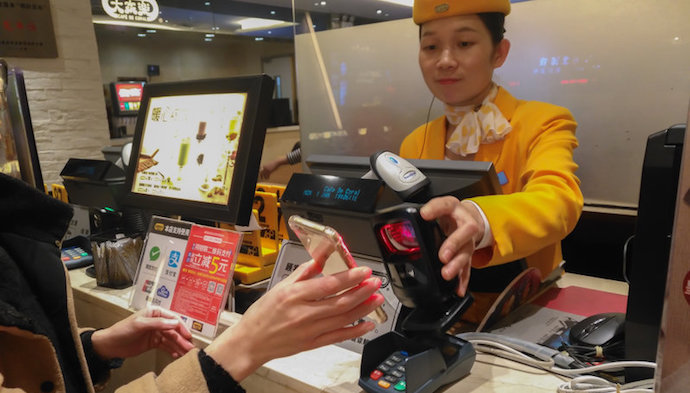
Gone are the days of in-store or online. Retail commerce – even in-store – has transformed almost completely into digital e-commerce, the term used to describe the blend of online and offline commerce that we all enjoy today.
Whether it is the purchases themselves or the payment methods used to facilitate them, digital platforms are now an integral part of the retail experience.
This has empowered brands with global aspirations to scale quickly across regions, reach new markets, and to gain market share. But it goes without saying that this is easier said than done.
In many parts of the world and has been evidenced in growing Southeast Asian markets like Indonesia, digital transformation represents the growth of social economic consumer groups, internet infrastructure, and the prolific usage of smartphones.
However, in more established economies, these factors have enabled a range of transactions and payment methods that we can now recognise as forms of e-commerce– but it has evolved at different stages in different regions, with some markets witnessing a more competitive e-commerce landscape than others.
To take their slice of the pie, businesses of all sizes and industries need to match their payment capabilities to the regions in which they operate, ensuring the solution offered matches the market they are targeting, and is sensitive to its complexities and nuances.
The new commerce, from E to M
There is no longer a distinct line between “traditional” retail and e-commerce. Whether shopping online or in-person, for household supplies or clothing, traditional purchase behaviour tends to be routine and considered (as opposed to a one-off purchase).
And such transactions are always conducted with a preferred payment method, if a preferred payment method is not available, the purchase is unlikely to be completed.
Also Read: 8 mobile e-commerce platforms to help you achieve great prosperity
Apps have enabled pre-programmed transactions with automated payment authorisation. In fact, apps have been found to convert three times better than mobile websites.
For example, the likes of Grab and foodpanda have built their business around this on-demand model powered by apps that function like commerce utilities – these tend to be more spontaneous purchases made whenever the need arises.
Cards? Who needs cards?
While plastic cards may be used like cash in some economies, this payment behaviour is quickly being supplanted in the Asia Pacific region by even more convenient payment methods. For example, payment wallets like Fave or GrabPay and QR code payments are commonly used forms of payment in Singapore.
Such transactions are thought of as “pull” transactions since they pull the necessary funds from a store of value somewhere else. In this case, the web browser serves as the “wallet.”
It’s worth noting that app-based m-commerce is extremely effective in driving conversions because shoppers engage with their phones in such a habitual way: messaging, scrolling through social and news feeds, playing games (which are themselves often a form of m-commerce with their in-app purchases).
This almost reflexive behaviour lowers barriers to purchase, as does complete purchases utilising locally preferred payment methods.
Banks as brands, not places
As electronic platforms continue to enable increasingly efficient commerce, the distinctions between banks and payments companies are beginning to blur, with digital payment platforms beginning to function like banks. The implication for e-commerce and m-commerce is that purchase transaction behaviour will become even more reflected.
This also means the relationships between the local payment methods and the consumers who use them will become more closely aligned. This, in turn, means that merchants conducting cross-border commerce or serving international clientele need to tap into these systems if they are to thrive and grow their customer base.
In fact, the change to more convenient electronic payment methods tends to be driven by habits adopted by youth. This means the move to truly cashless commerce that does not rely on credit cards is inexorable and will accelerate, relying on a growing range of electronic local payment methods.
Retailers looking to succeed in this world will need to look past their websites or even their apps, all the way into their customers’ wallets.
–
Editor’s note: e27 aims to foster thought leadership by publishing views from the community. Share your opinion by submitting an article, video, podcast or infographic
Join our e27 Telegram group, FB community or like the e27 Facebook page
Image credit: freerlaw/123RF.COM
The post Everyday e-commerce: New ways of paying, new ways of buying appeared first on e27.

